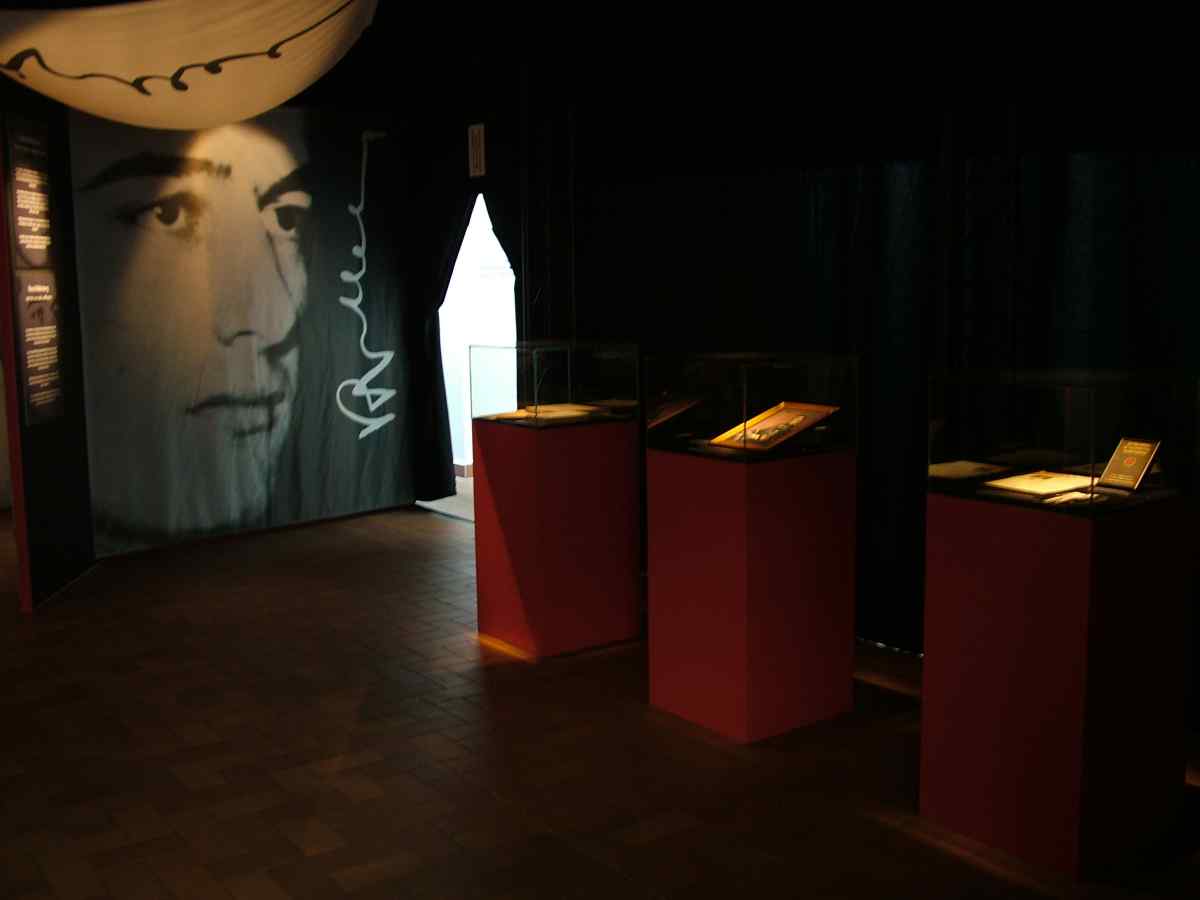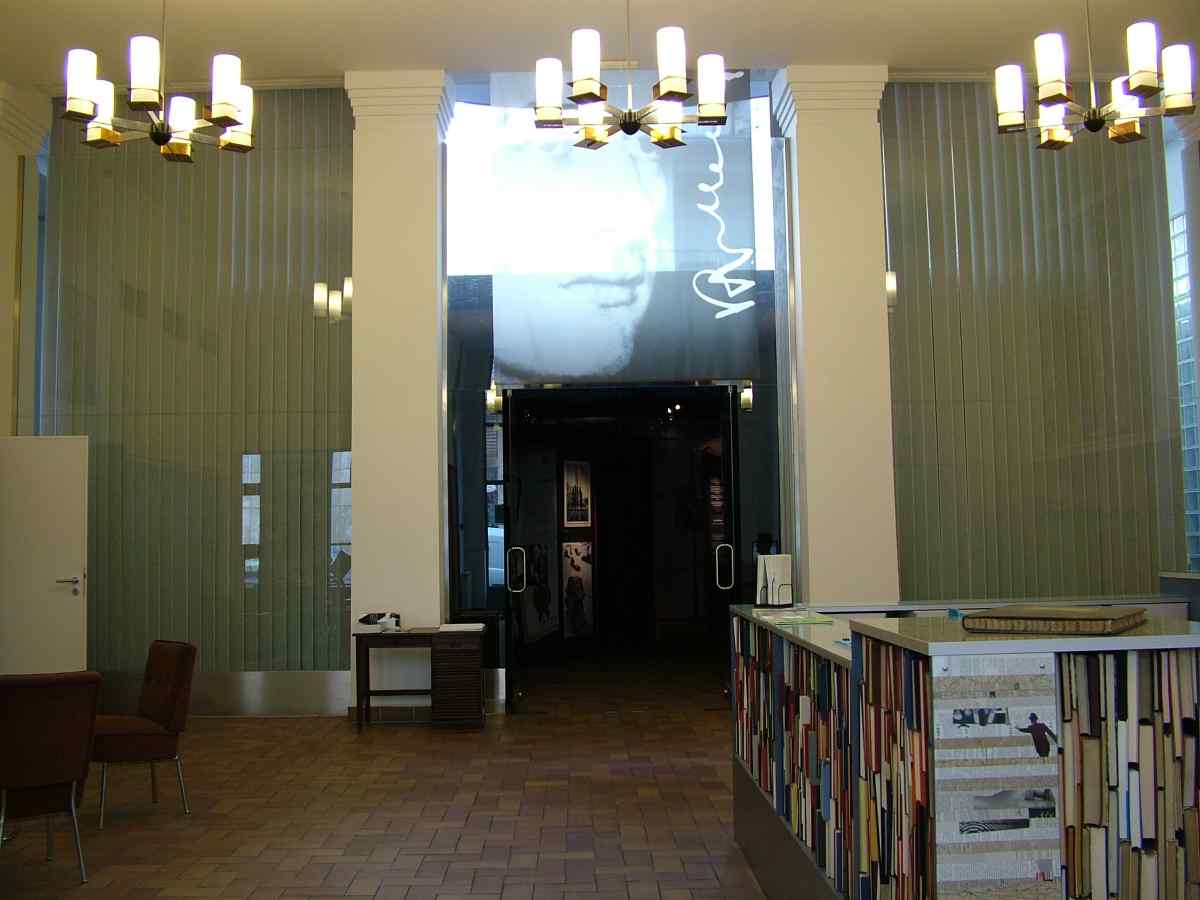Raoul Wallenberg
One Man Can Make a Difference



Swedish Institute, Stockholm
Swedish Embassy in Budapest
Jewish Museum, Stockholm
Holocaust Memorial Center, Budapest
Raoul Wallenberg Association, Budapest
In the autumn of 1944 Raoul Wallenberg, secretary of the Swedish Embassy in Budapest, arrived in the Hungarian capital with a mission: to do everything possible to save the persecuted Jews who were trapped in the city. During the period of the Arrow Cross regime and the siege of Budapest, he rescued thousands of people from deportation and death. On January 17, 1945, he disappeared from Budapest. It became known only two decades later that he had been abducted by the Soviet authorities and held in the notorious Lubyanka prison in Moscow where, according to the latest version of events, he died in 1947. To this day, the real story of his kidnapping and death remains unknown.
From March 2, 2007, Galeria Centralis in Budapest hosted the traveling exhibition about the life of Raoul Wallenberg organized and assembled by the Jewish Museum in Stockholm on the occasion of the sixtieth anniversary of his disappearance.
The exhibition applies non-conventional forms and solutions: an exhibition within an exhibition, a building within a building. Two separate constructions were erected within the gallery, with rooms and corridors. The larger wing was the original traveling exhibition, a multi-media display of photographs, archival documents, and audio-visual records that trace the life of the Swedish diplomat from his childhood to his death, and included the story of the international efforts to shed light on his fate after his disappearance. The smaller wing houses a section added by OSA Archives, which told the hectic and controversial story of Wallenberg`s memory in Hungary from 1945 to 1999.
By displaying the life and deeds of Raoul Wallenberg, the organizers tried to create the portrait of an ordinary man who was compelled by extraordinary circumstances to confront extraordinary challenges: a frail and weak human being who was able to be a hero. Let him be an example, particularly for young people: nobody is born to be a hero, but everybody can become one.